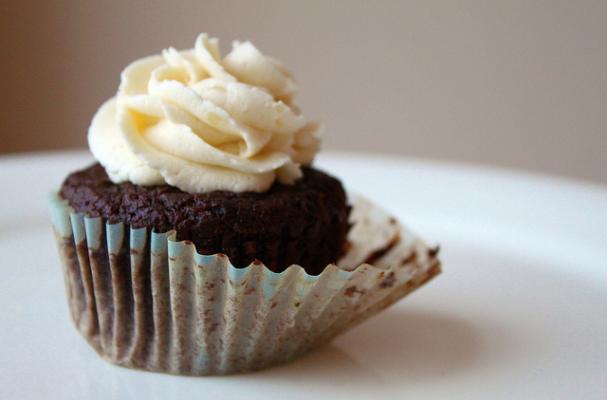
15 more tips from talented New York Times photographer, Andrew Scrivani. His Seattle food photography workshops were organized and hosted by Myra Kohn. Read part 1 here...
1. Bring out the truth in the food scene, but bring your own style and edge to it.

2. Best way to handle white on white food: lower the light. Once you blow out the light, you've lost it; the image is overexposed. Pick up shadows to add nuance.

3. There is little glamour in food photography. It's messy and unattractive behind the scenes.

4. Showing the cooking process, not just plain, flat and instructional photography, inspires your viewer. It's suggestive and it tells a backstory. Show the steps.


5. Everything about the photo is intentional. Your best friend on a photo shoot is a pair of chopsticks. Fine tune your image and build the picture meticulously.

6. When you read the story and the pictures match, that's a special feeling. When you're the storyteller- do that. Put your reader in a time and place. Make them feel something with your photos.

7. Make food pornography by enticing your reader. Make them hungry. Focus on the drip on the ice cream cone, the glossiness of the barbecue sauce, the texture and bubbling of cheese.

8. Use auto white balance. Photography purists will say, “Oh you're cheating,” but it's all the same in the end. You change the settings on your camera- you're using technology. You edit it afterwards- you're using technology. Both involve tweaking.
9. Use tools like gaffer's tape, clamps, white foam board, and aluminum foil to reflect light onto your subject.

10. Images with smoke, steam, flames- they tap into that primal sense/desire we have about how food is prepared.

11. Light doesn't compete well with light. You must soften the overhead lighting to capture an open flame. Some foods reveal themselves best under gray skies.

12. Environment matters in your photography. It adds dimension and suggests that this scene lives on after the photo.

13. To shoot spinach. Use full grown spinach, not baby, because the spines are in tact and it creates contrast and interest. Baby spinach cooks down to a blob.
14. To shoot spaghetti: Wear rubber gloves (to avoid burning yourself), pick the strands up so that they're hanging long and loose at the bottom. Swirl them on the plate to make beautiful curves.
15. Use black cards to funnel light and create vignette images. Add a natural shadowy border by framing your shot in black boards.

And always: "Have fun with your photography. Make good art." -Andrew Scrivani

See Andrew Scrivani's portfolio on his website: http://andrewscrivani.com/
Follow him on Twitter: @AndrewScrivani
Get in touch with Myra Kohn, host and organizer: Seattle Bon Vivant @BonneVivante










